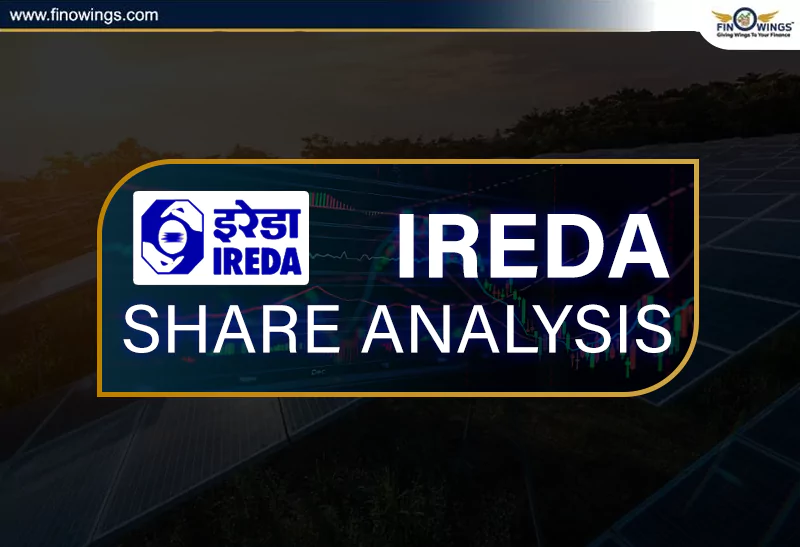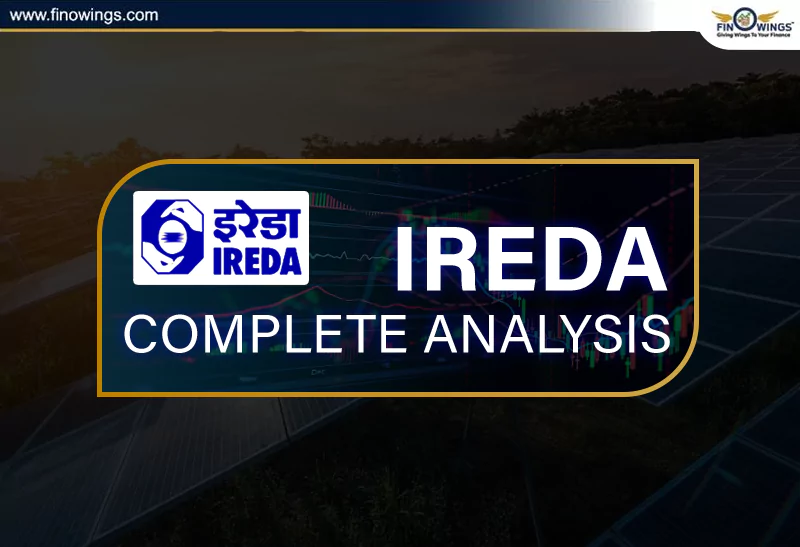Home >> Blog >> Why IEX falling | Impact of Market coupling | BID Conference 2024
Why IEX falling | Impact of Market coupling | BID Conference 2024

Table of Contents
Introduction
In the ever-green energy sector markets, where decisions made at conferences can shake the stock market from their future plans and the way they might execute them. Hence it becomes very crucial to stay updated and informed about them. Recently, the Indian Electrical and Electronics Manufacturers Association (IEEMA) hosted a three-day conference named BID 2024 in Mumbai. What unfolded during this event not only impacted the energy sector but also set the stage for a fascinating narrative surrounding Indian Energy Exchange (IEX) and the potential implementation of market coupling.
Setting the Stage
The conference began with a grand inauguration by Union Power and New and Renewable Energy Minister Shri R.K. Singh, who, in turn, set in motion a series of decisions that would influence the electric sector's future. As discussions unfolded, the conference shed light on the crucial role the electric sector plays in India's burgeoning economy, addressing topics like green hydrogen, renewable energy, hydel power capacity, and the ambitious "One Nation, One Grid" initiative.
Market Impact
However, not all outcomes were positive. A decision by the Energy Minister had a profound negative impact on a particular energy stock, witnessing a decline of over 16% in just two sessions. Today, let's dive into the intricate details of this scenario and explore how it might shape the future of this energy giant.
Market Coupling Implemented
In June 2023, the Power Ministry directed the Central Electricity Regulatory Authority (CERC) to implement market coupling – a mechanism aimed at streamlining power trading by establishing a uniform rate through a single platform. This move wasn't without consequences, as one energy stock faced a staggering 25% decline.
Impact On IEX
The stock in question is none other than the Indian Energy Exchange (IEX), a major player in India's power exchange landscape. Currently holding an 88% market share, IEX determines rates independently on its platform, giving rise to a monopolistic environment.
Analyzing the company's fundamentals and its current growth trajectory, it is evident that the Indian Energy Exchange (IEX) is on a positive trajectory. However, the potential implementation of market coupling poses a risk of a negative impact on IEX, potentially dismantling its market monopoly.
To address this concern, let's delve into the strategies that the company is adopting:
-
Extension of Contract Durations:
-
IEX plans to extend the duration of its contracts, which currently span 90 days, to a more extended period of 11 months in the coming months. This strategic move aims to mitigate the potential adverse effects of market coupling on the company.
-
Diversification through Stake Acquisition:
-
The company has acquired a 10% stake in Enviro Enablers India Pvt Ltd. This investment is strategic and aligns with IEX's goal of diversifying its business segments. Diversification can provide a cushion against the impact of market changes and enhance the company's overall resilience.
-
Launch of IEX Academy:
-
In a forward-looking move, IEX has launched the IEX Academy. This initiative is designed to create a pool of skilled professionals who can contribute to expanding the capacity in the power market. Building expertise within the industry is a proactive measure to adapt to potential changes in market dynamics.
-
Introduction of New Products and Market Segments:
-
IEX is set to introduce new products and explore additional market segments. This strategy is aimed at strengthening the current product portfolio, making the company more adaptable to evolving market conditions and potentially offsetting any negative impact from market coupling.
-
Focus on Value-Added Services through API System:
-
Recognizing the importance of retaining existing customers and expanding market share, IEX is placing a heightened focus on value-added services through its API system. By enhancing its offerings, the company aims to maintain customer loyalty and attract new clients even in the face of market changes.
In conclusion, the proactive steps taken by IEX demonstrate a clear recognition of potential challenges posed by the introduction of market coupling. The company's strategic initiatives indicate a proactive approach, with preparations already underway to navigate potential negative impacts. As the energy market continues to evolve, IEX appears well-positioned to not only weather the storm but also emerge stronger and more resilient. Investors and industry observers will undoubtedly be keenly watching the unfolding developments in this dynamic sector.
Challenges on the Horizon
To handle this monopolistic scenario, the Energy Minister proposed the swift implementation of market coupling during BID 2024. This move aims to create a level playing field, ensuring uniform electricity supply rates across the entire nation. While this is a commendable step for fair competition, it poses a potential threat to IEX's market dominance.
Financial Landscape
A closer look at IEX's financials reveals a mixed bag. With a P/E ratio slightly higher than the industry average, the company exhibits fair valuations. Positive YoY growth and a steady rise in profits over the last three years showcase its financial resilience. Operating profit margins consistently above 83% highlight the benefit of its dominant market position.
Handling Challenges
Yet, the emerging implementation of market coupling introduces an element of uncertainty. How is IEX gearing up for this challenge? The company's strategies include extending contract durations, diversifying business segments, launching educational initiatives, introducing new products, and focusing on value-added services through its API system.
Conclusion
As we get into the deep waters of the energy market, the story of IEX unfolds as a captivating narrative of resilience, adaptability, and strategic foresight. Market coupling may pose challenges, but the company's proactive measures indicate a determination to weather the storm. The future of IEX hangs in the balance, and investors, enthusiasts, and industry watchers alike eagerly await the next chapter in this unfolding saga.
In the ever-evolving energy landscape, only time will tell how IEX navigates the challenges and emerges on the other side – stronger, more diversified, and ready for whatever the market throws its way. Stay tuned for the next chapter in this electrifying tale!
Frequently Asked Questions
The importance of the BID 2024 conference and its influence on the energy sector, shedding light on key decisions that unfolded and their potential impact on Indian Energy Exchange (IEX).
The concept of market coupling and explores its consequences, including the significant decline in the stock of Indian Energy Exchange (IEX) and its implications for the company.
Strategies adopted by IEX to mitigate the adverse effects of market coupling, such as extending contract durations, diversifying through stake acquisition, launching the IEX Academy, introducing new products, and focusing on value-added services.
Challenges posed by the proposed market coupling, focusing on IEX's financial landscape, its current market dominance, and the strategies in place to navigate the uncertainties introduced by market coupling.
the financial landscape of IEX, including its P/E ratio, YoY growth, operating profit margins, and a summary of the company's proactive measures. It aims to provide a comprehensive understanding of IEX's financial position and its readiness to face challenges in the evolving energy market.



















